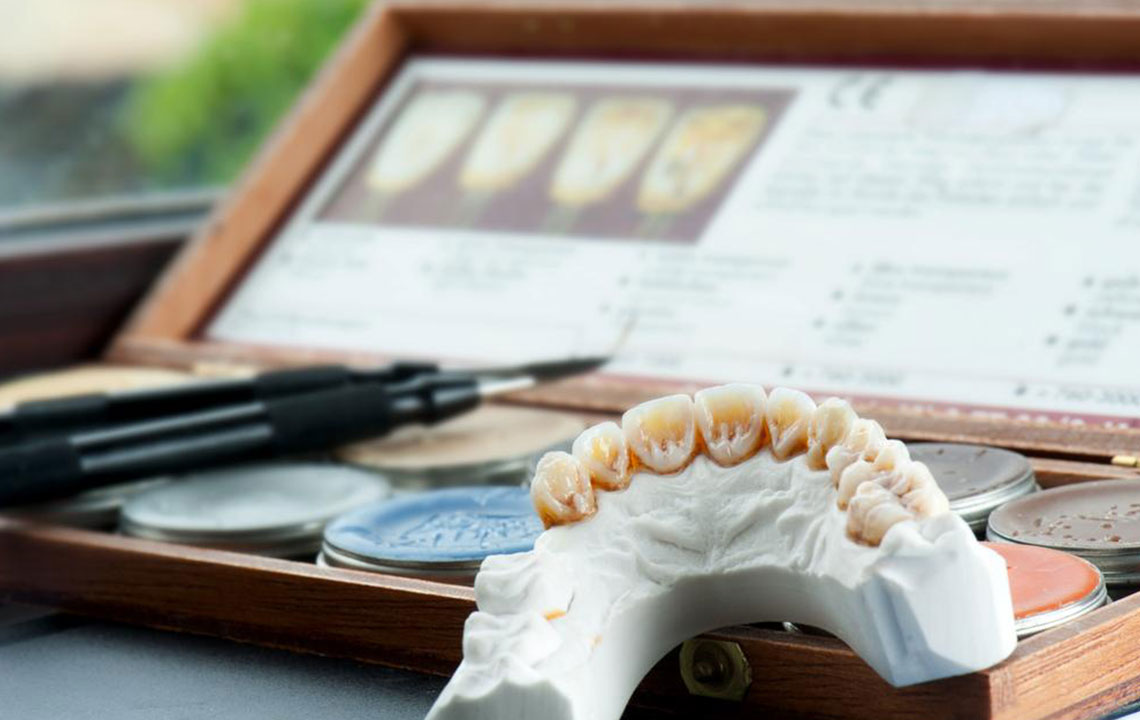Comprehensive Guide to Affordable Dental Implants: Costs, Types, and Tips
This comprehensive guide explores affordable dental implant options, including cost factors, types, post-procedure care, and tips for saving money. Learn how to choose quality implants and find budget-friendly providers for long-term oral health benefits.

Understanding Affordable Dental Implants and Factors Influencing Costs
Maintaining optimal oral health is crucial for overall well-being, especially as individuals age or experience injuries leading to tooth loss. Dental implants have become a revolutionary solution, offering a durable, natural-looking alternative to traditional dentures and bridges. These implants are securely anchored into the jawbone using a titanium post, providing stability and functionality akin to natural teeth. Unlike traditional bridges, dental implants do not require altering adjacent teeth, preserving the integrity of your natural dentition. They also promote better oral health by preventing bone deterioration that often occurs with missing teeth.
For individuals missing all or most teeth, full-mouth dental implants offer a comprehensive solution that significantly enhances both appearance and chewing capabilities. The process involves surgically placing a series of artificial teeth supported by implants, restoring function and confidence. The cost for dental implants varies widely based on various factors, with prices generally ranging from approximately $2,000 to $6,000 per implant. This variation depends on geographic location, the complexity of the case, and the provider’s expertise.
What Exactly Are Full Dental Implants?
A full dental implant refers to a complete set of artificial teeth, including crowns or dentures, that are surgically affixed to the jawbone. These implants are typically made from biocompatible materials such as titanium and ceramics, which fuse seamlessly with the bone—a process known as osseointegration—providing a strong and stable foundation. There are two main types of dental implants:
Endosteal Implants: Placed directly into the jawbone, these are the most common type used for single or multiple tooth replacements.
Subperiosteal Implants: Installed on top of the jawbone beneath the gum tissue, suitable for patients with insufficient bone height or those who cannot undergo bone grafts.
Post-Procedure Care and Considerations
Success with dental implants relies heavily on proper oral hygiene and maintenance. Healthy gums and sufficient jawbone density are critical for implant stability. Sometimes, pre-surgical procedures like bone grafting or sinus lifts are necessary if the jawbone lacks adequate volume or density. These procedures can add to the overall cost and duration of treatment but are essential for long-term success.
Factors Affecting Dental Implant Costs
The overall cost of dental implants is influenced by high-quality materials and the expertise of the practitioner. Skilled specialists and the use of advanced technology can increase costs but lead to better outcomes. It’s essential to consider these factors when evaluating options for dental implants.
Benefits of Dental Implants
Dental implants offer numerous advantages over traditional tooth replacement options. They provide natural functionality, allowing patients to eat and speak confidently. Implants do not slip or click like dentures, ensuring comfort and security. Additionally, they help preserve the facial structure by preventing bone loss and maintain the natural contours of the face. Maintenance of dental implants is straightforward—regular brushing, flossing, and routine dental check-ups are sufficient.
According to the American Dental Association, millions of dental implant procedures are carried out each year, highlighting their popularity and proven effectiveness. This widespread acceptance underscores the importance of considering implants as a long-term investment in oral health.
How to Find Affordable Dental Implants
For those seeking cost-effective options, several strategies can help reduce expenses without compromising quality. Comparing different clinics and providers can reveal competitive pricing. Visiting dental schools or university clinics often offers supervised treatments at a lower cost, as students perform procedures under expert supervision. Additionally, considering treatments in rural or less urbanized areas can be more affordable.
Financing options, such as installment plans and patient financing programs, are increasingly available. While dental insurance policies vary, some may cover parts of the procedure—especially if it is deemed medically necessary rather than purely cosmetic. It’s advisable to consult with your dental provider and insurance company to understand coverage options and explore all available financial aid programs.
In summary, dental implants are an effective, long-lasting solution for tooth replacement, and understanding the factors influencing their cost can help you make informed decisions. Investing in high-quality materials and experienced practitioners ensures better results and durability, ultimately providing excellent value over time. With proper planning and research, you can access affordable dental implant solutions tailored to your needs and budget.





